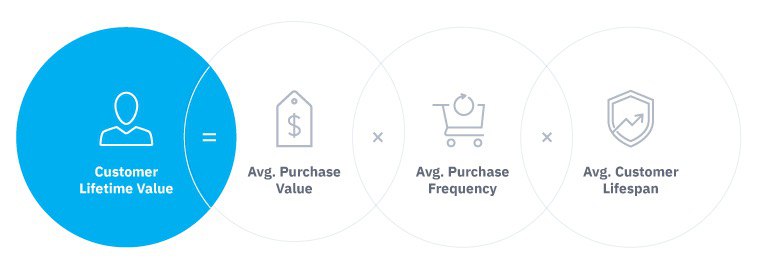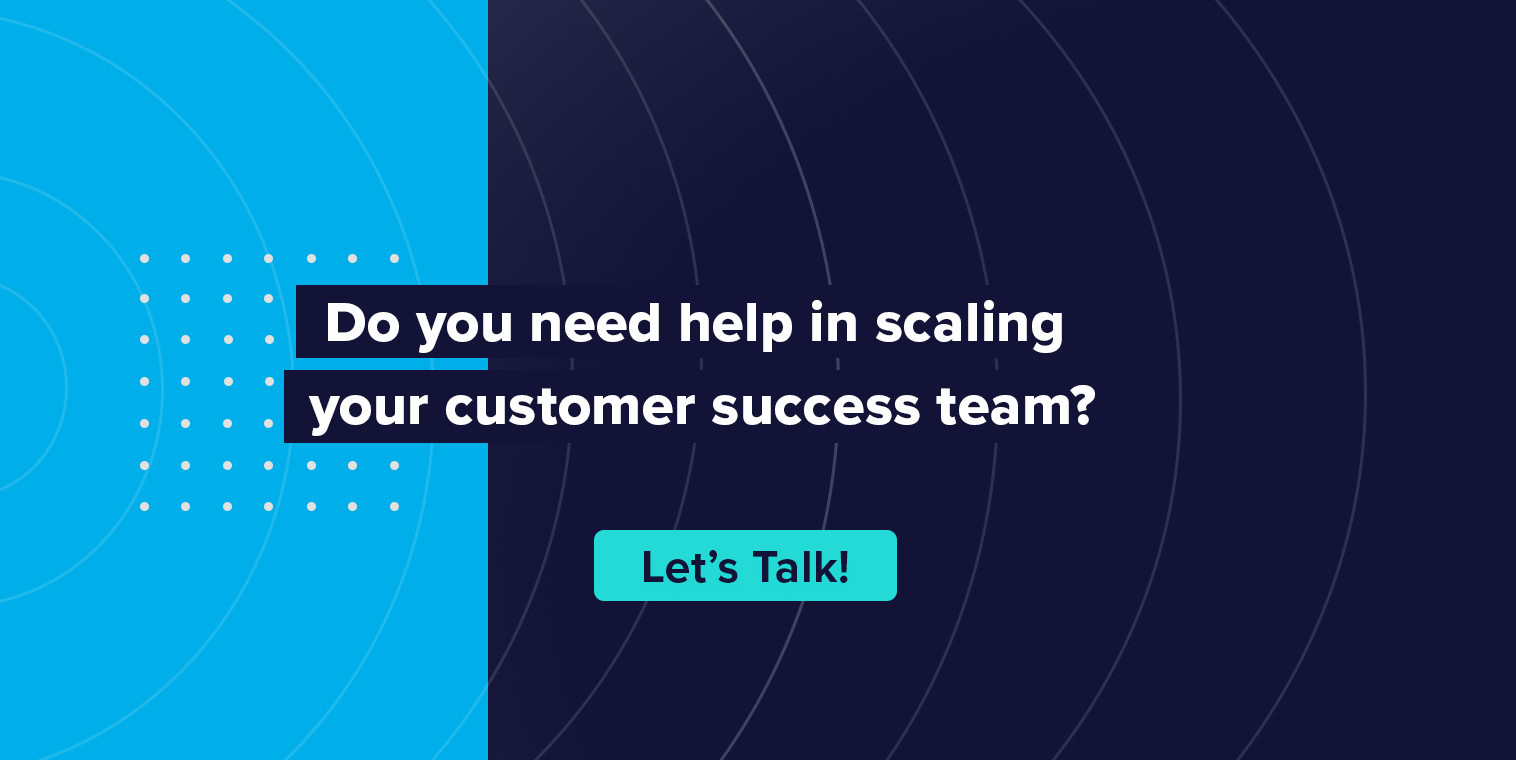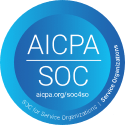It (almost) goes without saying: ROI on customer success is one metric that should never be overlooked. Retaining and nurturing existing customers is just as crucial to your business as gaining new ones. And keeping those existing customers happy is more cost-effective, too: In fact, 70% of companies say it’s cheaper to retain a customer than acquire a new one.
A thriving, effective customer success program is the key to a positive and lucrative future for any company. But how do you measure the ROI of your customer success initiatives? Here, we’ll look at how your company can maximize the ROI and effectiveness of your Customer Success programs.
Segment Your Customers
Segmenting your customers is critical to measuring ROI on customer success initiatives. Before you begin to segment your customers, however, it’s important to first make sure your business is internally tracking the customer journey clearly, so that data is easy to parse. Mapping the customer journey is a critical process, so be sure you have the right staff, the right processes, and the right investment in CRM tools.
Once you’re tracking the customer journey comprehensively, segment your customers by size, value, vertical, or whatever metric your customer data tells you is meaningful. Create reports on how clients are doing at every stage of the customer journey. Then, you can leverage campaigns that will target the right segments at the right time.
Set Smart KPIs
There are so many factors that contribute to the overall customer experience. It’s more than providing a great product or service, employing friendly customer service representatives, demonstrating value, and gleaning feedback. To get the big-picture view, we suggest tracking multiple customer experience KPIs; these will highlight both what you’re doing right and areas where you can improve your processes and programs.
One key KPI is customer lifetime value (CLV), which is one of the most important metrics to measure at any business. To calculate customer lifetime value, determine the average purchase value, then multiply that by the average purchase frequency rate to determine customer value. Multiply this number by the average customer’s lifespan, and you’ll have customer lifetime value.
How to calculate Customer Lifetime Value:

Retention is key to hitting your targets, so make sure you’re tracking your Customer Retention Rate (CRR) as well. Additionally, determine where the customer success team has helped grow the customer value, then look at cross-sell and upsell rates to see where your business could be finding new growth opportunities with existing clients.
Cross-selling items that offer customers added value has the potential to greatly improve their experience, thus driving improved loyalty and trust — two very important factors in retaining customers and leveraging positive brand perceptions.
That leads to another crucial KPI: customer referrals. Ascertain whether a customer is a regular or irregular lead-gen channel, and use your customer data to uncover referral potential. When employing a referral program, use trackable elements wherever possible--codes or links--to see how many new customers you receive from referrals, then make tweaks based on what drives the most leads.
Ultimately, you need to select the metrics that matter the most to your business. Serial entrepreneur David Skok, General Partner of Matrix Partners, has written thoroughly about metric measuring and customer success. Some other key metrics he recommends are:
- Average Revenue per Account per month (ARPA)
- Net Monthly Recurring Revenue (MRR) Churn rate (including MRR expansion)
- Customer Acquisition Cost (CAC)
- Customer Lifetime Value (CLV): Customer Acquisition Cost (CAC) ratio
- Months to recover CAC
Analyze Your Data
Once you’ve segmented your customers, determined the KPIs that matter for your business, and implemented methods to discover and track them, you can then leverage that data to calculate your ROI on customer success initiatives.
Once your business has implemented the necessary tracking, you can pull reports and see how well the customer success KPIs you have set are helping you to understand the impact of your customer success team. And, of course, you can then make changes to your processes and methods accordingly.
Don’t be afraid to initially measure and analyze any and all metrics you think may be useful; once you get a sense for what factors are helpful in understanding your customer success ROI, you can scale back and focus in on a few key KPIs. Data is king, and your data will give you the power to know what your customers want, and exactly how to deliver it to them.
The Bottom Line
Overall, ROI is key to every business’s health. And, since retaining customers is far more cost-effective than acquiring new ones, customer success initiatives can be highly effective for your company’s growth without much investment. But you must ensure you’re keeping costs under control in order to maximize ROI.
Bolton Remote is an experienced partner to startups at all growth stages who need a cost-effective solution to streamline their customer success capabilities.







